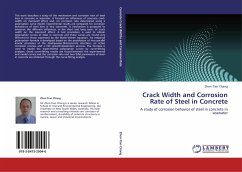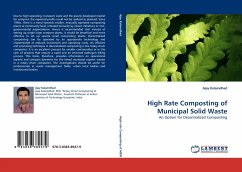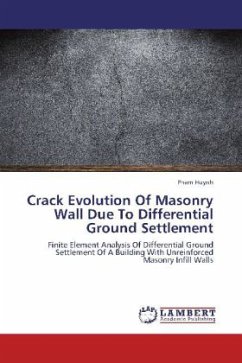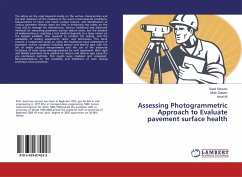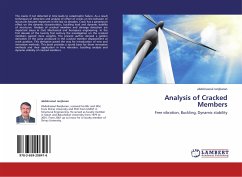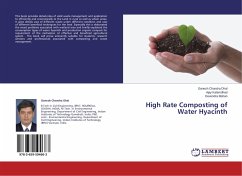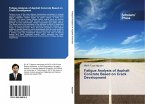This work describes a study of the mechanism and corrosion rate of steel bars in concrete in seawater. It focused on influences of concrete crack width on macrocell effect and, on corrosion rate determined using a polarisation curve model. Experimental results are compared for corrosion behaviours of steel bars in two concretes. A mechanism is proposed to interpret the different influences, in the short and long term, of crack width on the macrocell effect. A test procedure is used to obtain polarisation curves of steel in concrete and these curves are found very different to those expressed by the Butler-Volmer equation. An empirical polarisation formula is developed based on the postulation of two parallel kinetic processes at the steel/passive-film/concrete interface: an active corrosion process and a film growth/dissolution process. The formula is used to model the experimental polarisation curves by curve-fitting analyses. Good curve-fitting results are found between the experimental and model curves and the corrosion rate and two Tafel parameters of steel in concrete are obtained through the curve-fitting analysis.
Bitte wählen Sie Ihr Anliegen aus.
Rechnungen
Retourenschein anfordern
Bestellstatus
Storno

